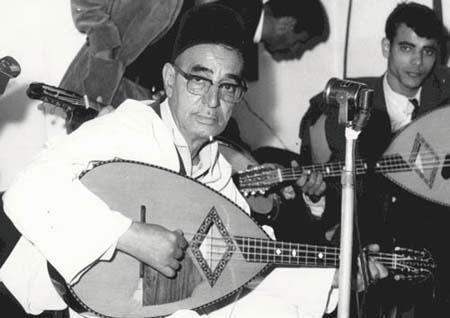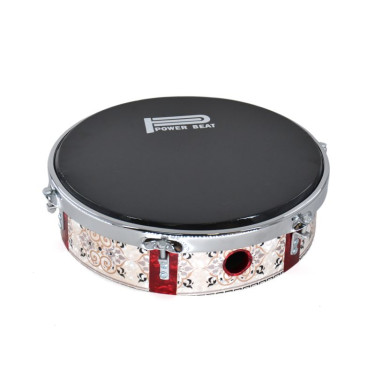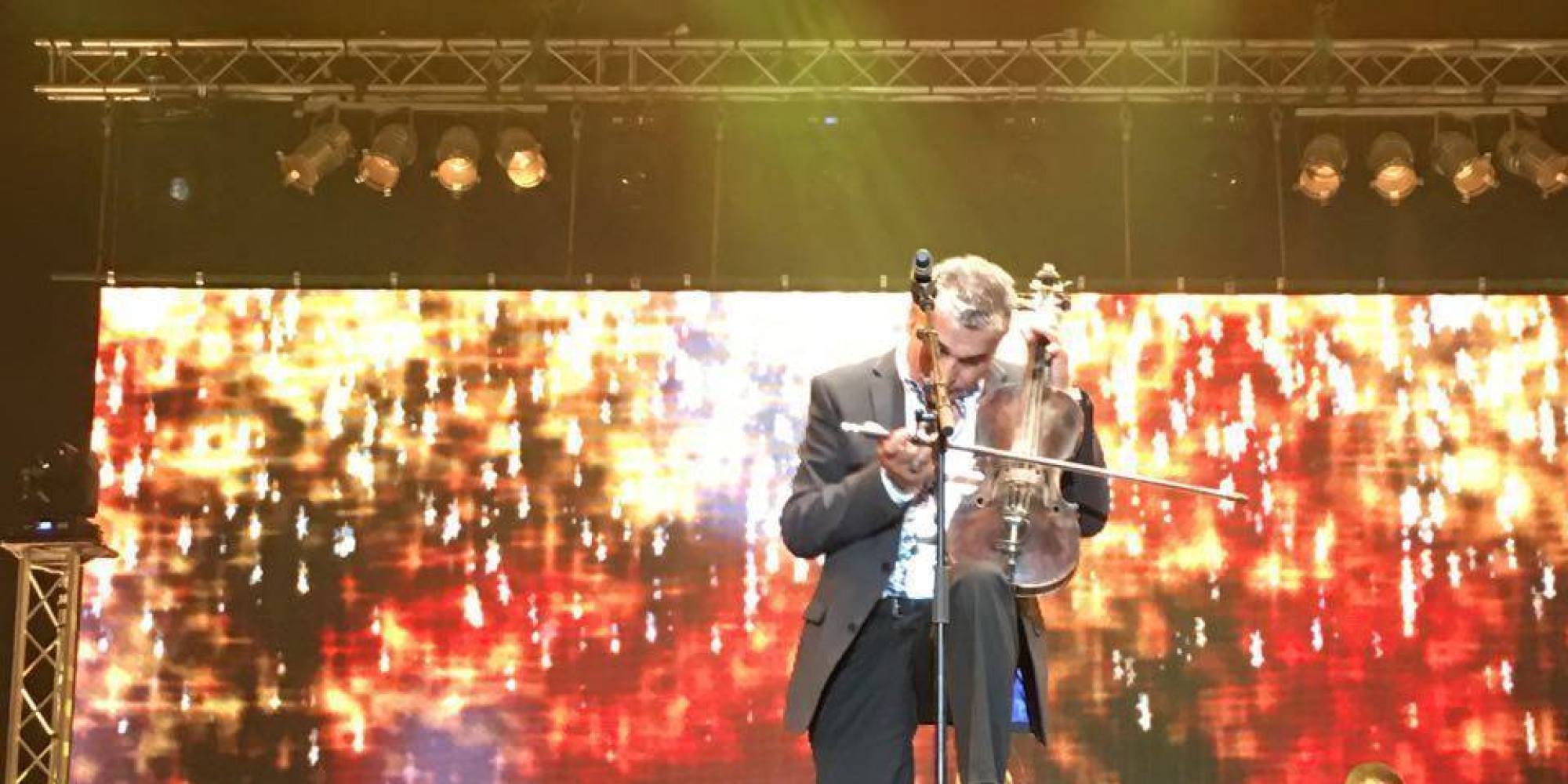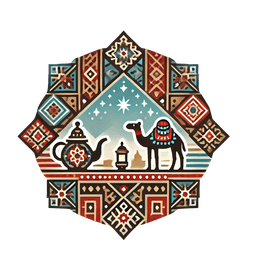- Published on
The Heartbeat of Chaabi Music in Morocco
- Authors

- Name
- Adil ABBADI
Introduction
Chaabi music, often referred to as the “people’s music” of Morocco, is a dynamic genre that resonates with the stories, celebrations, and struggles of everyday life. Known for its upbeat rhythms, memorable melodies, and poetic lyrics, Chaabi is played at weddings, parties, and public gatherings throughout Morocco. It is a style deeply embedded in Moroccan culture, mixing elements from Berber, Arab, and Andalusian musical traditions to create a genre that speaks to the collective heart of the nation.
- What is Chaabi Music?
- A Brief History of Chaabi Music
- Instruments of Chaabi Music
- The Social Side of Chaabi
- Chaabi in Contemporary Culture
- Conclusion
- Experience the Energy of Chaabi
What is Chaabi Music?
Chaabi, meaning “popular” in Arabic, is a genre of folk music originating from the diverse communities of Morocco. It is characterized by its accessible lyrics, lively rhythms, and repetitive beats that encourage dancing and singing along. Unlike other Moroccan music forms, Chaabi is more flexible, often incorporating modern instruments like the electric guitar and keyboard alongside traditional instruments, creating a sound that is both contemporary and rooted in tradition.
The lyrics of Chaabi songs are often socially conscious and address themes of love, hardship, joy, and resilience. This makes Chaabi not only a musical expression but also a reflection of the Moroccan people’s thoughts, emotions, and societal values.

A Brief History of Chaabi Music
Chaabi music originated in urban centers such as Casablanca, Marrakech, and Fez in the early 20th century. Its roots are in Andalusian and Amazigh (Berber) musical traditions, which merged with Moroccan Arabic folk tunes and rhythms. This blend gave rise to a genre that speaks to all layers of society, from rural villagers to city dwellers.
Over the years, Chaabi has evolved to incorporate new instruments and influences. During the French colonial period, Chaabi music became a means for Moroccans to express their identity and aspirations for freedom. Today, it remains a popular form of expression, celebrated across Morocco’s festivals, family gatherings, and public events.
Instruments of Chaabi Music
Chaabi music has a distinct sound created through the use of traditional and modern instruments, which contribute to its unique energy. Key instruments in Chaabi include:
- Bendir: A large frame drum, producing deep, resonant beats that set the rhythm.
- Darija: A smaller drum used to create faster, lively rhythms that make the music danceable.
- Oud: A pear-shaped stringed instrument that adds melody and depth, often central to Chaabi tunes.
- Keyboard and Electric Guitar: While traditional, Chaabi has embraced these modern instruments, giving it a more accessible and contemporary sound.
These instruments combined create the layered, lively sound that defines Chaabi music and makes it universally appealing.

The Social Side of Chaabi
Chaabi music is more than entertainment; it is a social commentary that resonates with Moroccans from all walks of life. The lyrics often address current events, social issues, and personal struggles, speaking directly to the hearts of listeners. Chaabi’s themes span from love and joy to social justice and resilience, making it a voice for the collective experiences and aspirations of Moroccan society.
Chaabi’s uplifting rhythms and singable melodies have made it a staple at Moroccan weddings, festivals, and celebrations, where people come together to celebrate and connect. It’s common for audiences to join in by clapping, singing along, and even improvising their own lyrics, further strengthening Chaabi’s role as a community-centered genre.
Chaabi in Contemporary Culture
In recent decades, Chaabi music has continued to thrive, with modern musicians blending it with other genres like rap, hip-hop, and electronic music. This evolution has introduced Chaabi to a younger generation, further expanding its appeal and adaptability. Some artists have even gained international recognition, bringing the sound of Moroccan Chaabi to audiences around the world.
The annual Mawazine Festival in Rabat showcases popular Chaabi musicians alongside international artists, highlighting the genre’s versatility and ability to coexist with modern music styles. As Chaabi continues to evolve, it remains a symbol of Moroccan cultural pride and unity, bridging generational and social divides through music.

Conclusion
Chaabi music is a celebration of Morocco’s vibrant cultural diversity, offering a joyful and honest portrayal of the lives and dreams of its people. This genre transcends the barriers of language and background, creating a soundscape that resonates with Moroccans of all ages. Whether played on a busy street corner or at a grand celebration, Chaabi remains a unifying force, a bridge between tradition and modernity, and a proud testament to Morocco’s cultural heritage.
Experience the Energy of Chaabi
For those visiting Morocco, experiencing a Chaabi performance is a must. From lively weddings in Marrakech to open-air concerts in Casablanca, Chaabi offers a heartwarming and immersive introduction to the country’s musical soul. Embrace the rhythms, sing along, and feel the pulse of Moroccan life through the powerful beats of Chaabi.
